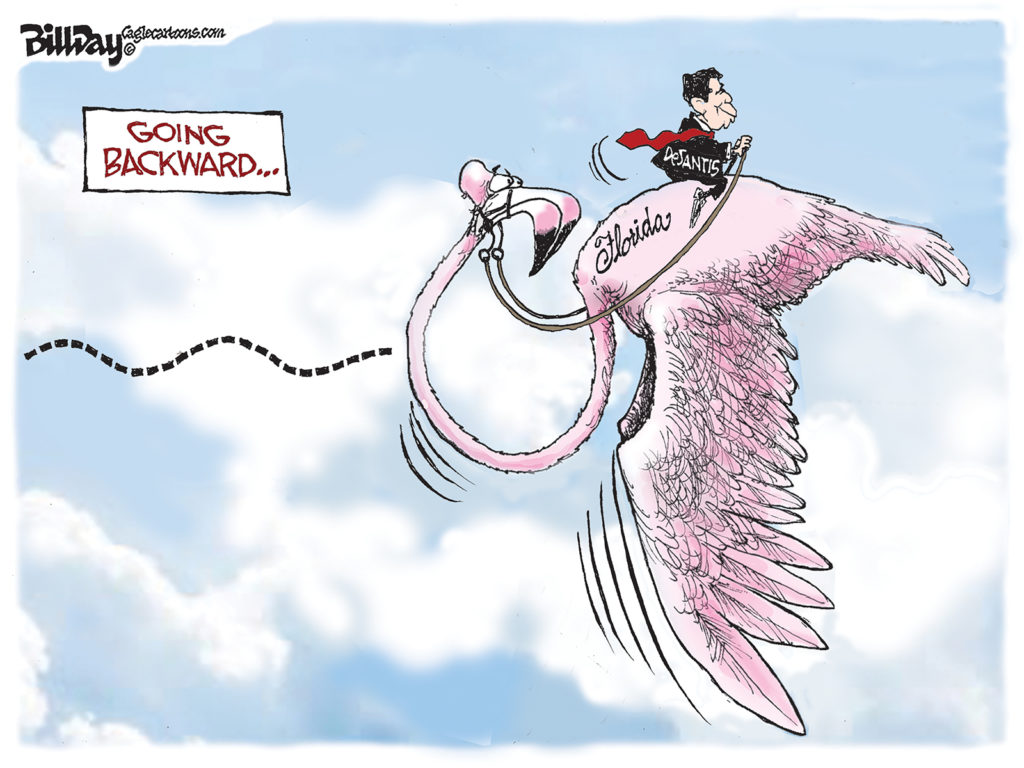From Governing:
Fresh out of Boston University and working as an admissions officer there, I showed my boss applications from four students with nearly identical credentials. Why, I asked, were three of them rejected while the one applying to the School of Education was accepted?
I had stumbled upon a central problem of American public education–our failure to attract the best and brightest to teaching. Thirty years later, with two of my own kids in public schools, I’m more concerned about it than ever.
A new research brief from the National Education Writers Association confirms that teacher quality is probably more closely linked to student achievement than any other school-based variable. (Outside factors such as parental achievement levels, income and race are the most important determinants.). One study found that the difference between a year with a good and bad teacher can be a full grade level of learning.
The brief also finds that teacher quality likely has a greater impact on math achievement than on reading. There is some evidence that the same is true for science. The findings make sense, since math and science tend to be taught exclusively at school, while students’ reading skills and vocabulary are more likely to be amplified at home.
But those findings also raise red flags, since teacher-preparation programs tend to be so light on math and science. A few years ago, Massachusetts–the state with perhaps the best-performing public schools–raised its standards to require that prospective teachers take at least three or four college-level math classes. The fact that just 27 percent of prospective elementary school teachers passed the first time the test reflecting the new requirements was administered in 2009 demonstrated the need for education schools to change their curricula.
Nationally, the problem isn’t limited to math. According to 2008 data from the College Board, students intending to pursue undergraduate education majors have lower SAT scores than those in any fields generally associated with four-year degrees except for agriculture; parks, recreation leisure and fitness studies; personal and culinary services; and, sadly, public administration and social services.
It doesn’t get any better in graduate school. Graduate Record Examination results for those seeking to enter education programs are well below average. Within the graduate-education candidate pool, the lowest scores come from undergraduate education majors.
Today, teaching trades relatively low pay for job and retirement security. Wages are usually based on seniority and degrees earned. Money isn’t everyone’s primary motivator, of course, but this almost total disconnect between performance and compensation is hardly a magnet for the young, ambitious and talented.
So-called value-added assessments, which follow a cohort of pupils over time to determine the impact of particular teachers on student achievement, are plagued by some inconsistencies based on what statistical controls they use. But on balance, the EWA brief finds that they show promise as a tool for measuring teacher quality.
Value-added assessments open the door to paying teachers based on performance. Research on the impact of merit pay is still in its early stages, but the pay-for-performance component of Denver’s ProComp teacher compensation plan appears to be boosting achievement under certain conditions. Another review of teacher performance pay programs also showed positive effects.
Common sense dictates that we should continue to refine merit-pay programs as part of an overall effort to attract and retain more highly qualified teachers. And schools of education should clearly adjust their curricula to ensure that new teachers enter the profession with better math skills. Those would be important steps toward a public-school system that provides students with the foundation to succeed in a far more complex world than the one we faced a generation ago.


